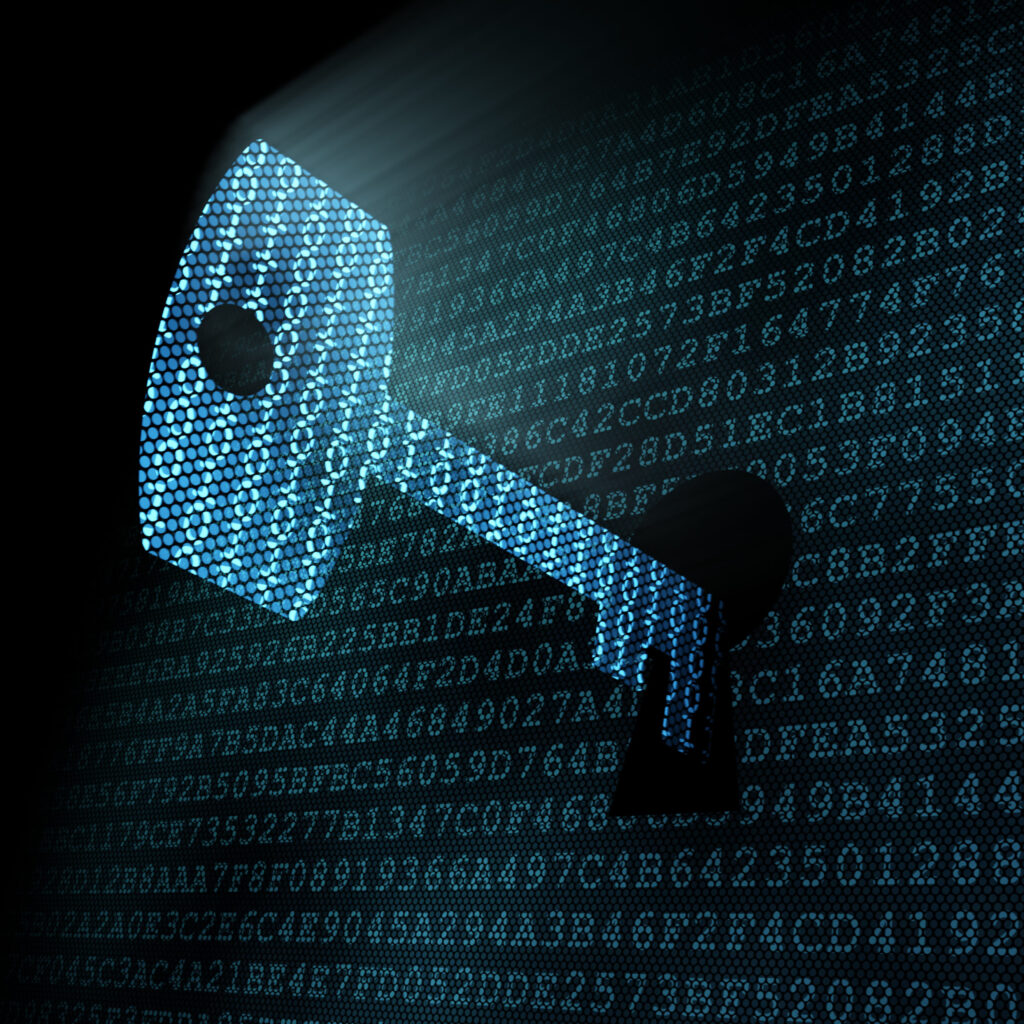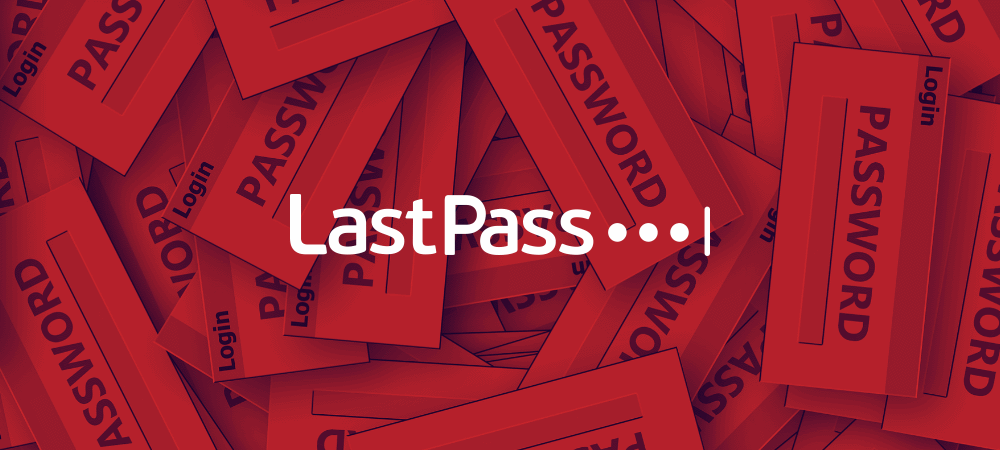LastPass Enhances Security with URL Encryption – Here is a quick look
LastPass, the widely used password manager, has recently taken a significant step to bolster user security by introducing URL encryption within its vaults. In this article, we delve into the details of this crucial update, exploring why it matters, how it works, and what it means for LastPass users.

The Journey to URL Encryption in LastPass
Every time you use LastPass, the URL of the website you’re visiting needs to be matched against entries saved in your LastPass vault. This process determines whether fields should be auto-filled. Historically, URLs within the vaults remained unencrypted due to technological limitations. Back in 2008, when LastPass was first created, decryption was computationally intensive and memory-consuming. As a result, the decision was made to leave URLs unencrypted to ensure acceptable performance on low-powered devices.
However, times have changed. Most modern devices no longer face those constraints, allowing LastPass to safely encrypt all URL-related fields without compromising user experience. This update is a testament to LastPass’s commitment to both security and usability.
Why URL Encryption Matters
URLs can reveal critical information about the nature of accounts associated with stored credentials. For example, a URL might indicate whether it’s related to banking, email, or social media. By encrypting URLs, LastPass expands its zero-knowledge architecture, enhancing customer privacy. Additionally, this measure mitigates risk by ensuring that URLs tied to specific services or accounts remain private.
Implementation Challenges
Adding URL encryption required significant re-engineering of LastPass. Nearly every client and back-end component had to be refactored. Such changes don’t happen overnight, but the progress made is promising. Users can soon benefit from this enhanced security feature.
What LastPass Users Need to Do
To activate URL encryption, LastPass users will need to take action. Stay tuned for communication from LastPass regarding the necessary steps. Rest assured that this update aligns with LastPass’s mission to protect user data while maintaining a seamless experience.
In summary, LastPass’s move to encrypt URLs within its vaults represents a crucial step toward better security. By safeguarding this sensitive information, LastPass continues to prioritize user privacy and protection. As technology evolves, so does LastPass, ensuring that your digital life remains secure and convenient
You think you have a story worth everyone’s time? SUBMIT A STORY and we will publish it.
Share this content:




Post Comment